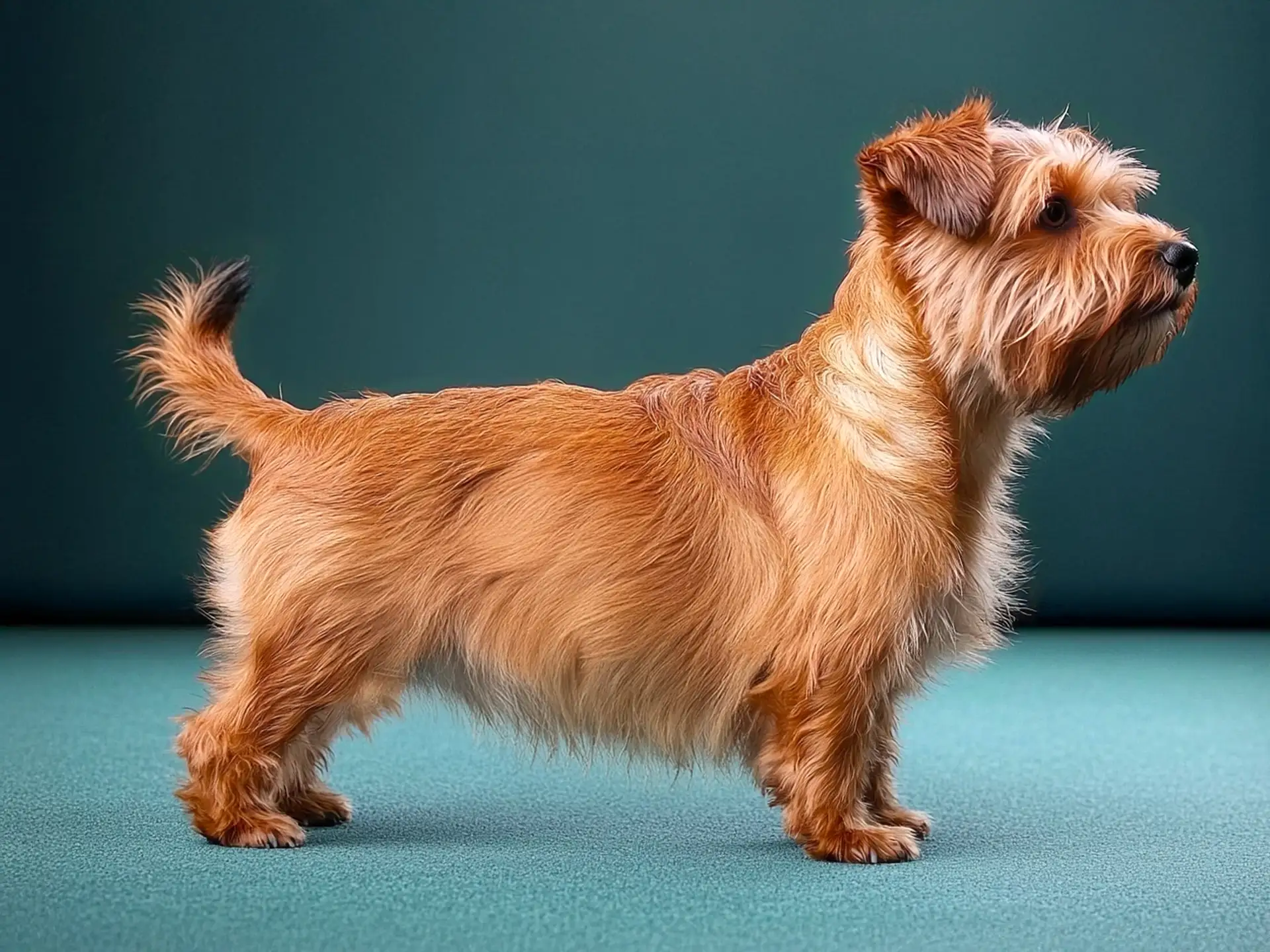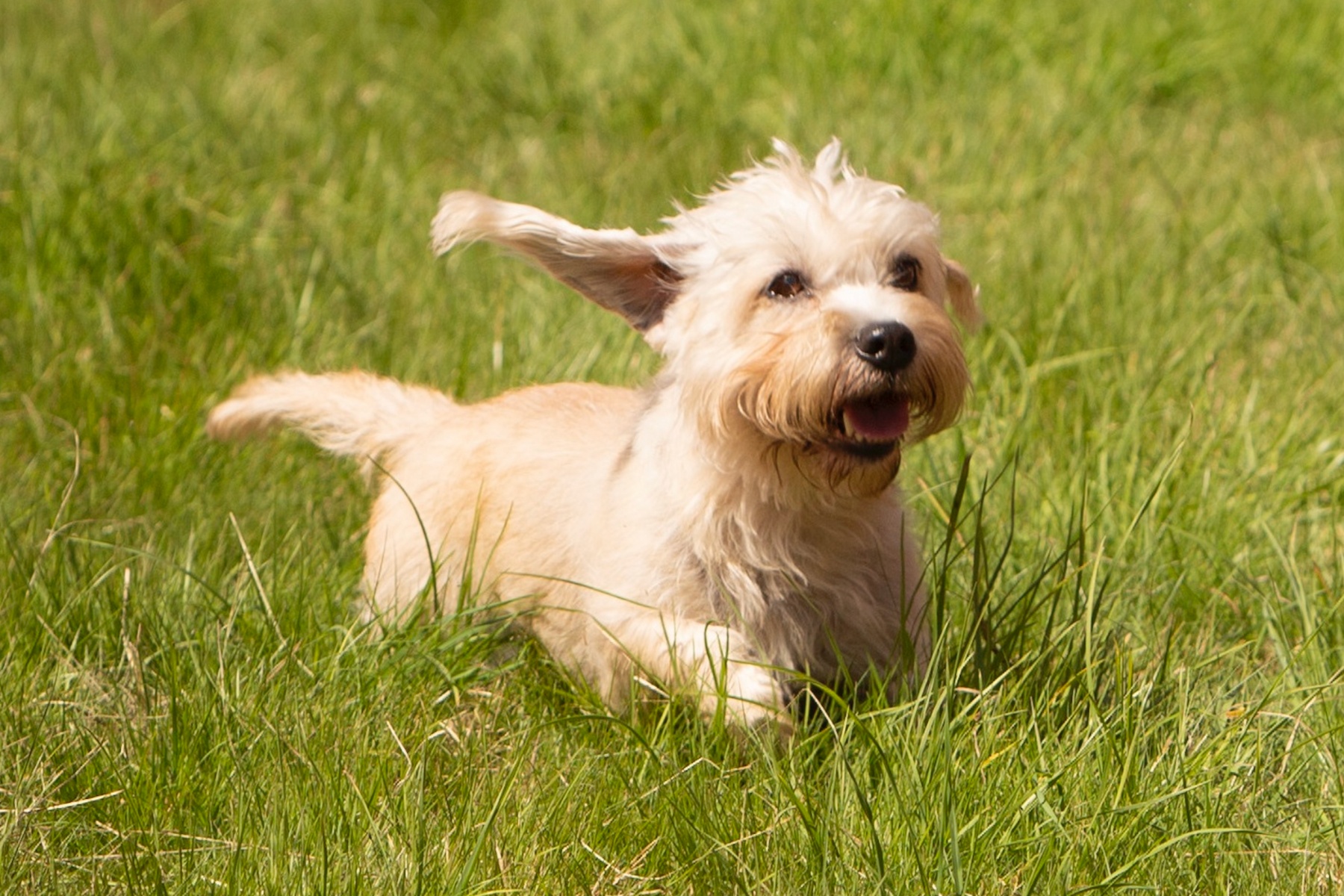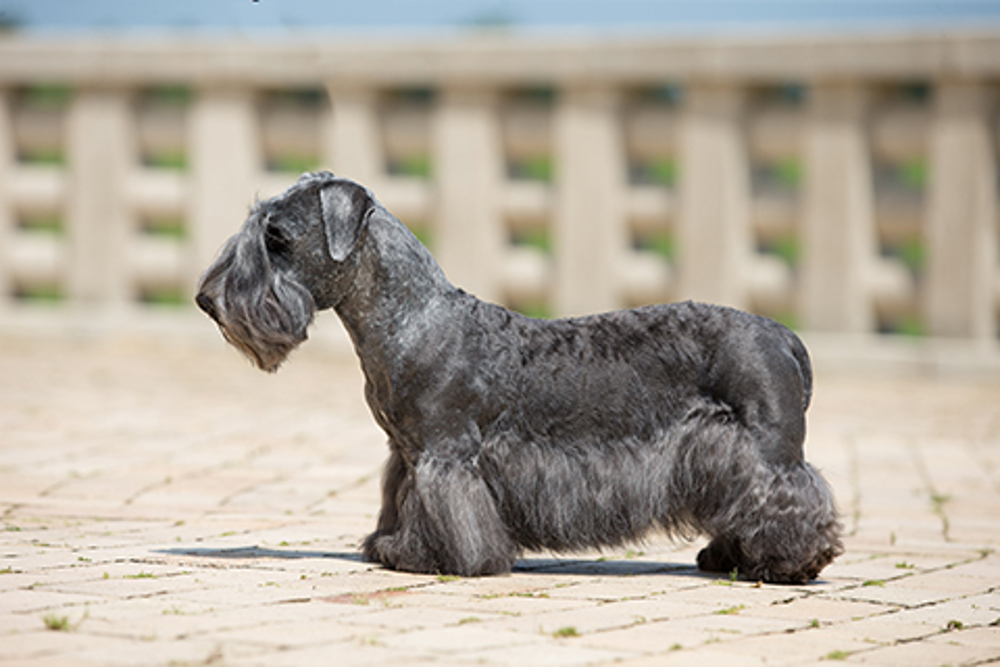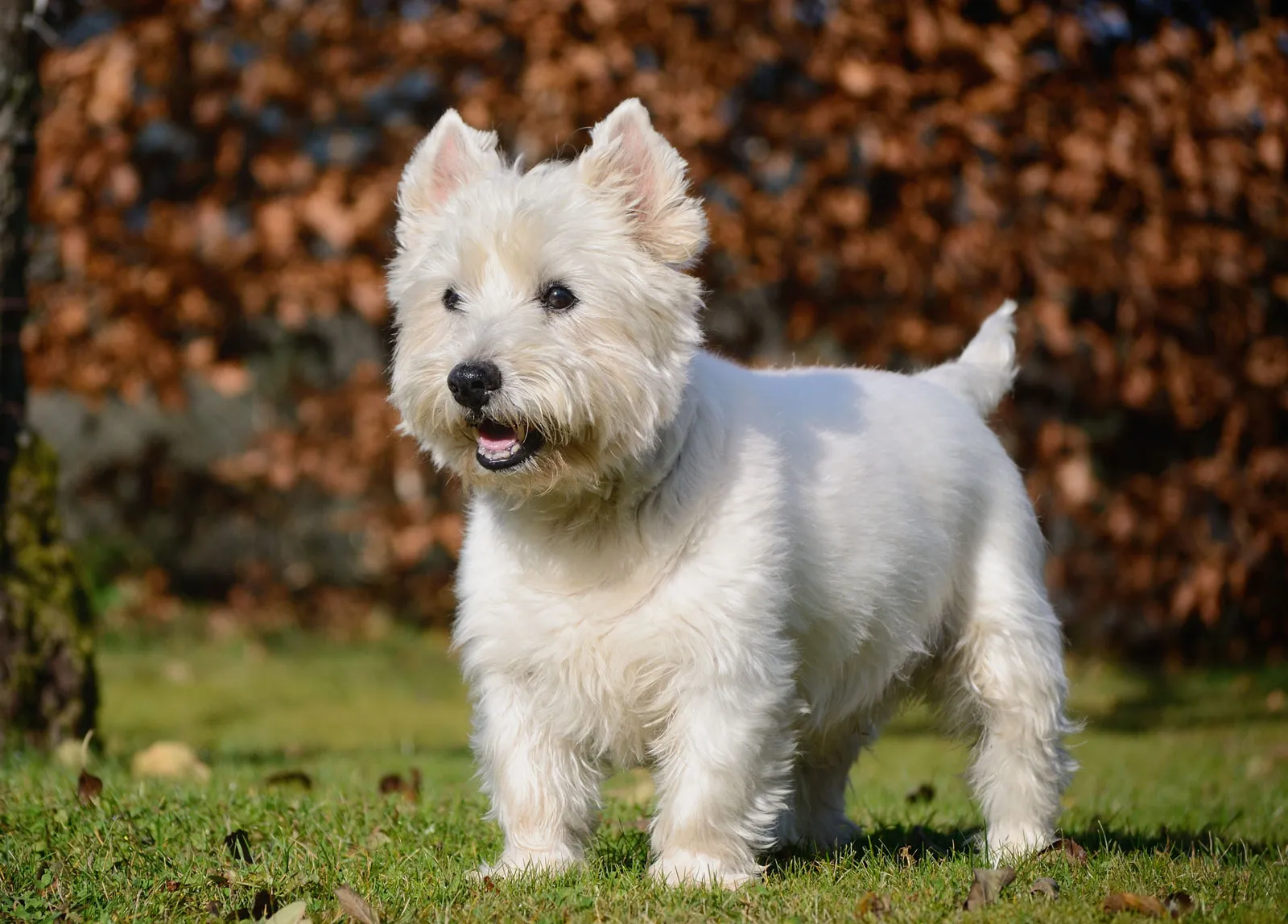Okay, so you’re thinking about bringing a little ball of energy and charm into your life? Let’s talk Norfolk Terriers. These aren’t your average lap dogs (though they definitely enjoy a good cuddle session). These spunky little guys have a huge personality packed into a surprisingly sturdy frame. Trust me, if you’re looking for a dog that’s equal parts adventurous and affectionate, the Norfolk Terrier might just steal your heart.
I’ve always been drawn to dogs with a bit of a “can-do” attitude, and the Norfolk Terrier absolutely nails it. They’re like the cool kid on the block – confident, curious, and always up for an adventure. But don’t let their independent spirit fool you; they’re also incredibly loyal and form deep bonds with their families. It’s a pretty sweet combo, right?
So, what makes a Norfolk Terrier a Norfolk Terrier? Let’s dive into the nitty-gritty.
What’s the Deal with the Norfolk Terrier? A Little History Lesson
These little dynamos hail from the county of Norfolk in England (surprise!). Back in the late 19th century, they were bred as working terriers, specifically to keep down the rodent population in barns and around the countryside. They were also prized for their courage and tenacity in fox hunting.
Interestingly, the Norfolk Terrier and the Norwich Terrier were considered the same breed for a while. The main difference? Their ears! Norwich Terriers have prick ears, while Norfolk Terriers sport those adorable drop ears. In 1932, they were officially recognized as separate breeds, and the rest, as they say, is history. Knowing their background gives you a real appreciation for their intelligence and drive. They’re not just cute; they’re bred to work and think!
The Looks: Small Package, Big Presence
Let’s be real, Norfolk Terriers are undeniably cute. They’re one of the smallest working terriers, typically standing around 9-10 inches tall and weighing in at a manageable 11-12 pounds. Their wiry, weather-resistant double coat comes in shades of red, wheaten, black and tan, or grizzle. That rugged coat isn’t just for looks; it protected them from the elements back in their working days.
One of the most distinctive features of the Norfolk Terrier is their expressive face. They have dark, intelligent eyes that seem to sparkle with mischief and curiosity. And those drop ears? They just add to their charming and slightly mischievous expression. Seriously, it’s hard to say no to that face!
Personality Plus: What Makes a Norfolk Terrier Tick?
Okay, this is where the Norfolk Terrier really shines. They’re known for their big personalities. Don’t let their small size fool you; these guys have a ton of heart. They’re generally:
- Affectionate: They love their families and enjoy being part of the action. Expect lots of cuddles and happy greetings.
- Courageous: They retain that terrier spirit and aren’t easily intimidated. They might think they’re ten times their size!
- Intelligent: They’re quick learners and enjoy mental stimulation. Training can be a breeze (with the right approach, which we’ll get to).
- Playful: They have a zest for life and love to play. Fetch, chasing toys, you name it – they’re usually game.
- Independent: While affectionate, they also have a bit of an independent streak. They’re not overly clingy, which can be a plus for some people.
- Social: Generally good with other dogs and even cats if raised with them. However, that prey drive is still there, so small furry pets might be a different story.
It’s this blend of traits that makes the Norfolk Terrier such a fantastic companion for the right person or family.
Living the #NorfolkTerrierLife: What to Expect
Bringing a Norfolk Terrier into your life is a commitment, and it’s important to know what you’re signing up for. Here’s a glimpse into daily life with one of these spirited pups:
Exercise Needs: More Than Just a Walk in the Park
Don’t let their size fool you; Norfolk Terriers need a decent amount of exercise. They were bred to work, so they have energy to burn. Daily walks are a must, and they’ll also appreciate opportunities to run and play in a secure area. Mental stimulation is just as important. Puzzle toys, training sessions, and even just exploring new environments can help keep their sharp minds engaged. A bored Norfolk Terrier can become a destructive Norfolk Terrier, and trust me, no one wants that.
Training: Smart Cookies Need Guidance
Norfolk Terriers are intelligent, which means they can learn quickly. However, they also have that independent terrier spirit, so consistency and positive reinforcement are key. Early socialization is crucial to ensure they grow into well-adjusted adults. Expose them to different people, places, sounds, and other animals from a young age. Basic obedience training is a must, and you might even find they excel in dog sports like agility or earthdog trials (tapping into their natural instincts!). Remember to keep training sessions fun and engaging; they respond best to positive reinforcement like treats and praise.
Grooming: Keeping That Wiry Coat in Check
That characteristic wiry coat of the Norfolk Terrier requires regular grooming to prevent matting and keep them looking their best. Weekly brushing is essential. They also need professional grooming every few months, which typically involves hand-stripping to maintain the texture and appearance of their coat. Nail trims, ear cleaning, and regular teeth brushing are also important aspects of their grooming routine.
Health: Generally Hardy, But Know the Potential Issues
Norfolk Terriers are generally a healthy breed with a lifespan of 12-16 years. However, like all breeds, they can be prone to certain health issues. Some things to be aware of include:
- Mitral Valve Disease (MVD): A heart condition that is more common in small breeds. Regular veterinary checkups can help detect this early.
- Hip and Elbow Dysplasia: While less common than in larger breeds, it’s still a possibility. Responsible breeders will screen their dogs for these conditions.
- Patellar Luxation: A condition where the kneecap can slip out of place.
- Syringomyelia (SM): A condition where fluid-filled cavities develop within the spinal cord.
- Eye Issues: Such as cataracts and progressive retinal atrophy (PRA).
Choosing a reputable breeder who screens their breeding stock for these health concerns is crucial. Regular veterinary care and a healthy lifestyle will also go a long way in keeping your Norfolk Terrier happy and healthy.
Are You the Right Human for a Norfolk Terrier?
Norfolk Terriers are fantastic dogs, but they’re not the right fit for everyone. They thrive in homes where they get plenty of attention, exercise, and mental stimulation. They’ll do well with active individuals or families who can include them in their daily adventures. Their adaptable nature means they can adjust to apartment living as long as their exercise needs are met.
However, it’s important to remember their terrier instincts. They have a strong prey drive, so secure fencing is a must if they have access to a yard. They can also be vocal, so apartment dwellers should consider this. And while they love their families, they do have that independent streak, so consistent training is essential.
If you’re looking for a small dog with a big personality, who’s up for anything from a hike in the woods to a cuddle on the couch, then a Norfolk Terrier could be your perfect match. They bring so much joy and character into a home.
Finding Your Own Little Norfolk Terrier
If you’ve decided that a Norfolk Terrier is the dog for you, the next step is finding one. Consider these options:
- Reputable Breeders: This is often the best way to find a well-socialized puppy with a known health history. Look for breeders who are passionate about the breed, conduct health testing on their dogs, and are happy to answer your questions. Be prepared to wait, as good breeders often have waiting lists.
- Rescue Organizations: There are breed-specific rescue organizations dedicated to Norfolk Terriers. Adopting a rescue dog can be an incredibly rewarding experience. These dogs may come with some history, but rescue organizations typically provide thorough assessments and care.
- Animal Shelters: While less common, you might occasionally find a Norfolk Terrier or a Norfolk Terrier mix at your local animal shelter. It’s always worth checking!
No matter where you choose to get your Norfolk Terrier, make sure you’re prepared for the commitment and that you’re choosing a dog that’s a good fit for your lifestyle.
Final Thoughts: The Endearing Appeal of the Norfolk Terrier
The Norfolk Terrier is more than just a cute face. They’re intelligent, courageous, affectionate, and always ready for whatever adventure life throws their way. Their compact size makes them adaptable, but their big personalities ensure they’ll always make their presence known. If you’re looking for a loyal companion who will keep you entertained and on your toes, the Norfolk Terrier might just be the perfect addition to your life. They truly are pocket-sized bundles of joy and endless fun.




